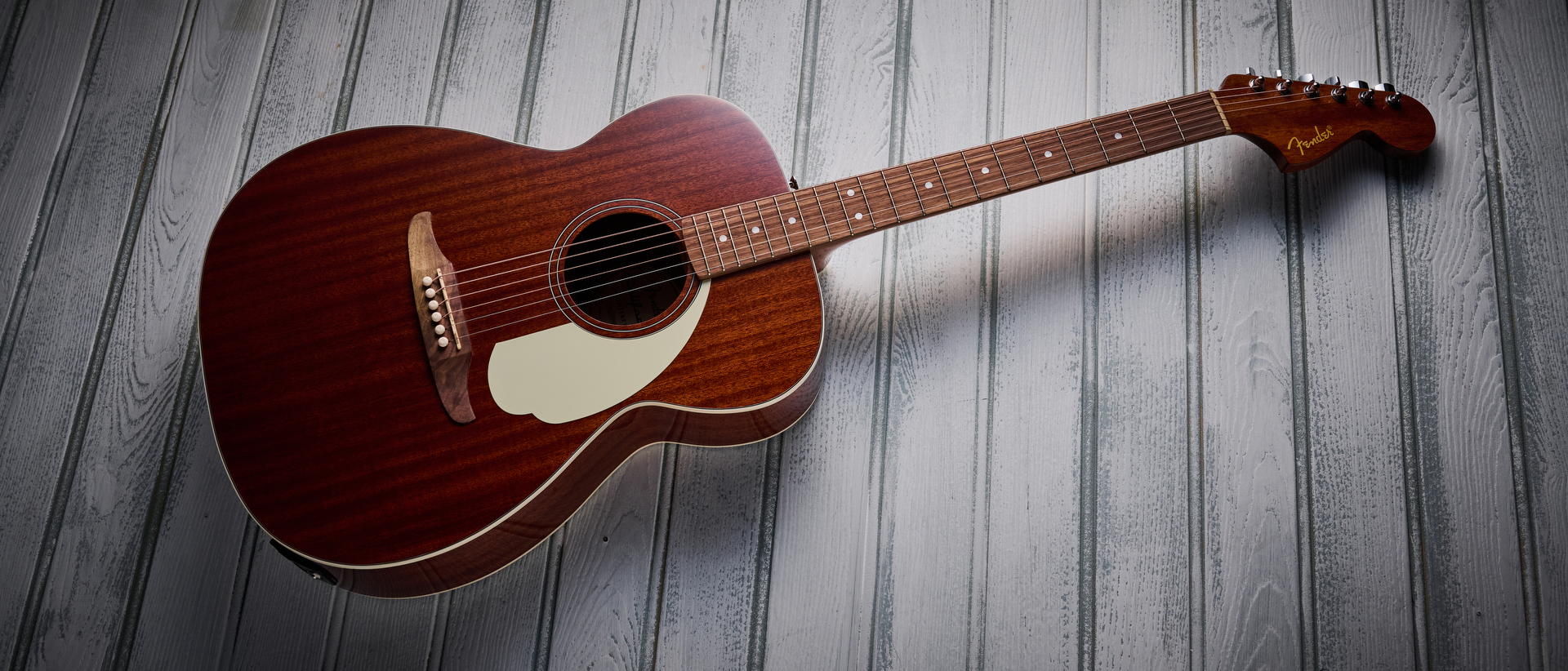Best phaser pedals 2025: our guide to this versatile modulation guitar effect
Looking to create that swirling sound effect? These are the best phaser pedals to try from MXR, Electro-Harmonix, Walrus Audio and more
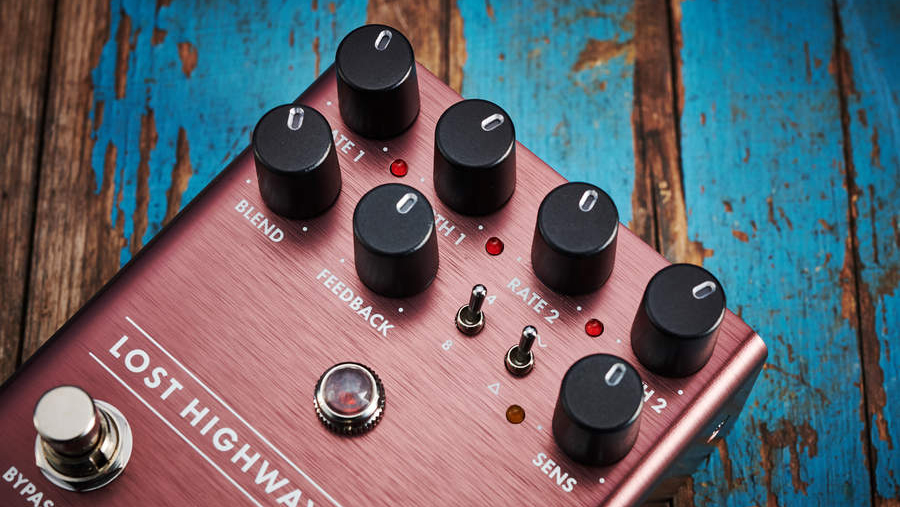
1. Quick list
2. Best overall
3. Best for simplicity
4. Best analog phaser
5. Best '70s phaser
6. Best digital
7. Most versatile
8. Best multi-speed
9. Best multi-mode
10. Best vintage phaser
11. Buying advice
12. How we choose
A phaser pedal - part of the modulation family - is one of the more distinctive effects you can employ in your guitar rig. It's most commonly used to add a flurry of movement to your tone but can also be utilized to add extra body to individual notes or even to approximate the sound of a rotary speaker. Of course, you'll have heard a phaser on everything from Isley Brothers' Who's That Lady to Van Halen's Eruption - but whatever your preference, it's essential to know the best phaser pedal for your needs.
While the humble phaser is a relatively simple effect, it does come in various forms, and it can get a little confusing when you are trying to decide which is the right stompbox for you.
This guide will break down the best phaser pedals on the market, the difference between analog and digital, and what to look out for in terms of extra features. So, without further ado, let's dive into this sweet, swirling stompbox.
Best phaser pedals: Quick list
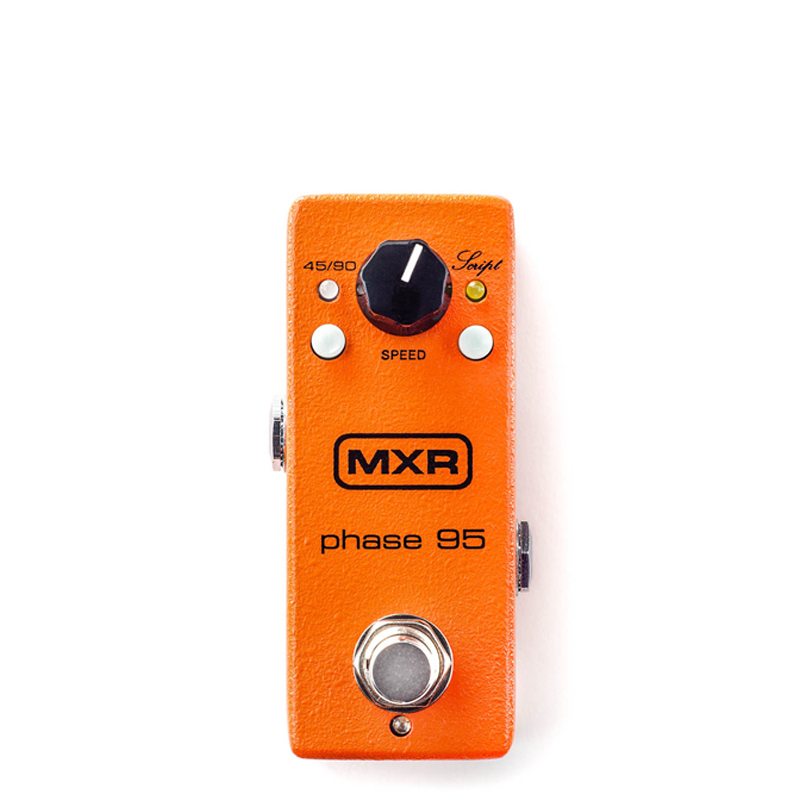
The MXR Phase 90 is the classic analog phaser, operating over four stages, with a sound ranging from smooth to full-on bubbles - the Phase 95 not only shrinks it into a mini-pedal format, but adds extra features to boot.
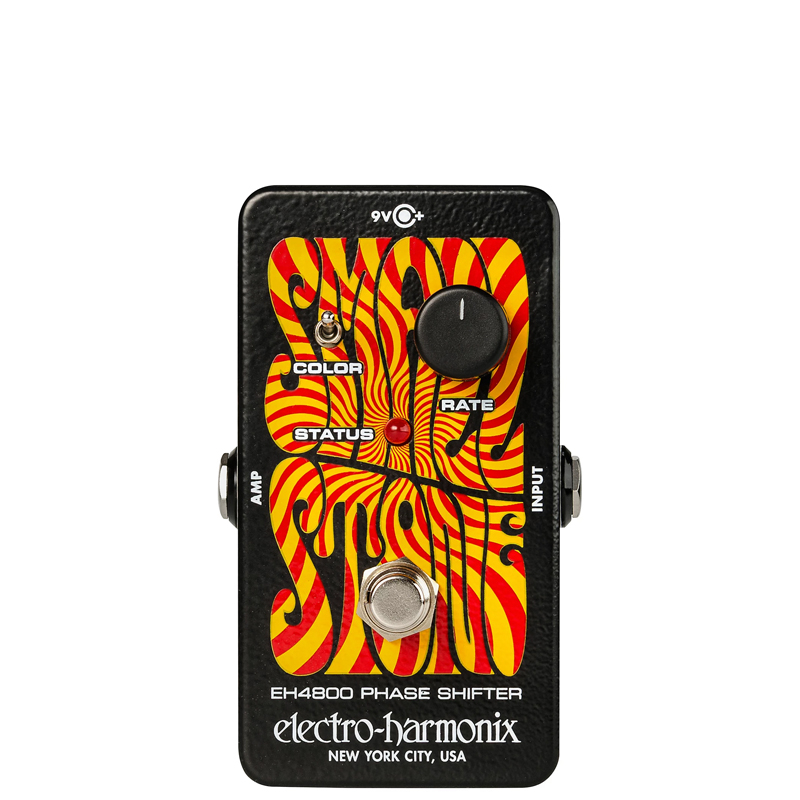
The Small Stone is the phaser beloved of Radiohead (it's all over OK Computer), with a spacey swirl that lends a more ethereal edge over the all-out rock swoosh of the Phase 90. That said, EHX's offering can get more extreme than many of its rivals, courtesy of a Color switch, which adds a more pronounced frequency shift.
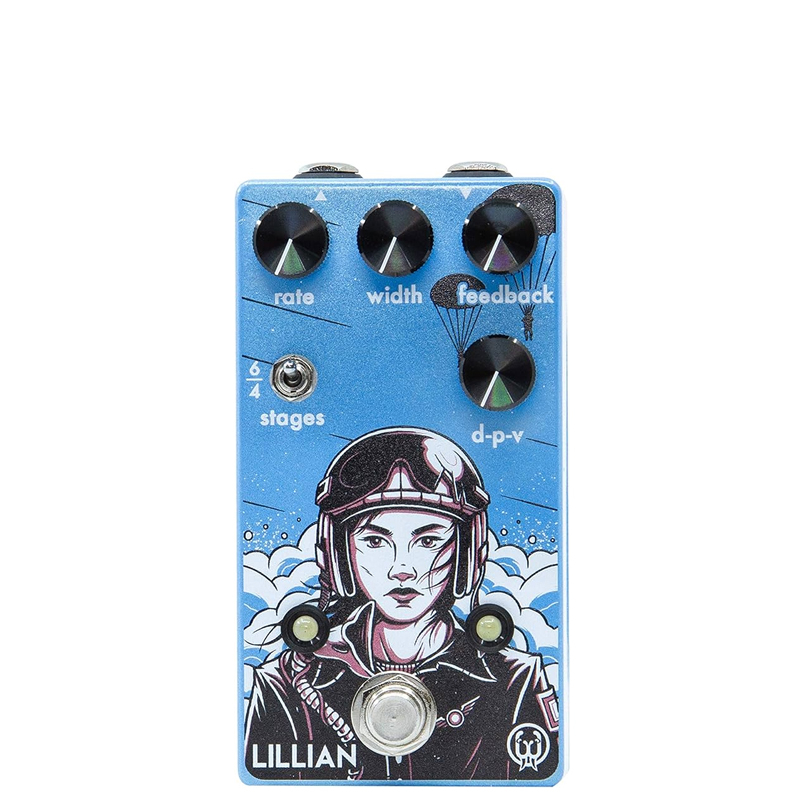
The standout feature of the Walrus Audio Lillian Analog Phaser Pedal is the D-P-V, or dry, phase, vibrato control. This blend function gives great sensitivity between no phase, 50/50, through to full application, which covers a wide array of phasing effects. D-P-V is joined by a selection of a four or six-stage phaser, the latter of which adds boost to the sound. You can even hold down the foot selector for momentary phasing.
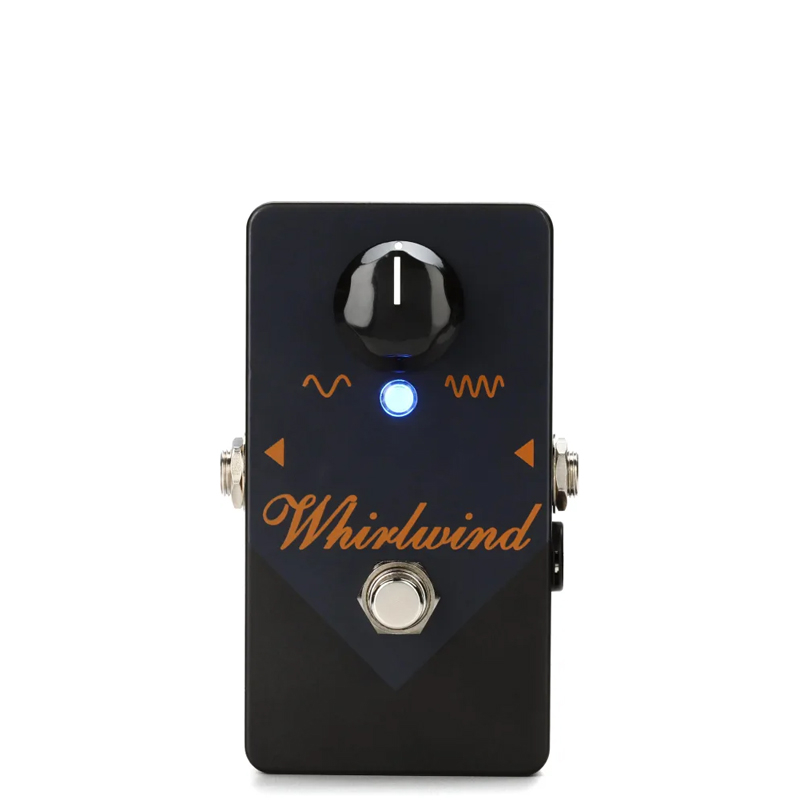
Like the MXR, the Whirlwind Rochester Orange Box Phaser Pedal has simplicity at its core with just a single control – speed. It does, though, represent the original '70s swirling sound, and it’s for this reason that the pedal retains its kudos.
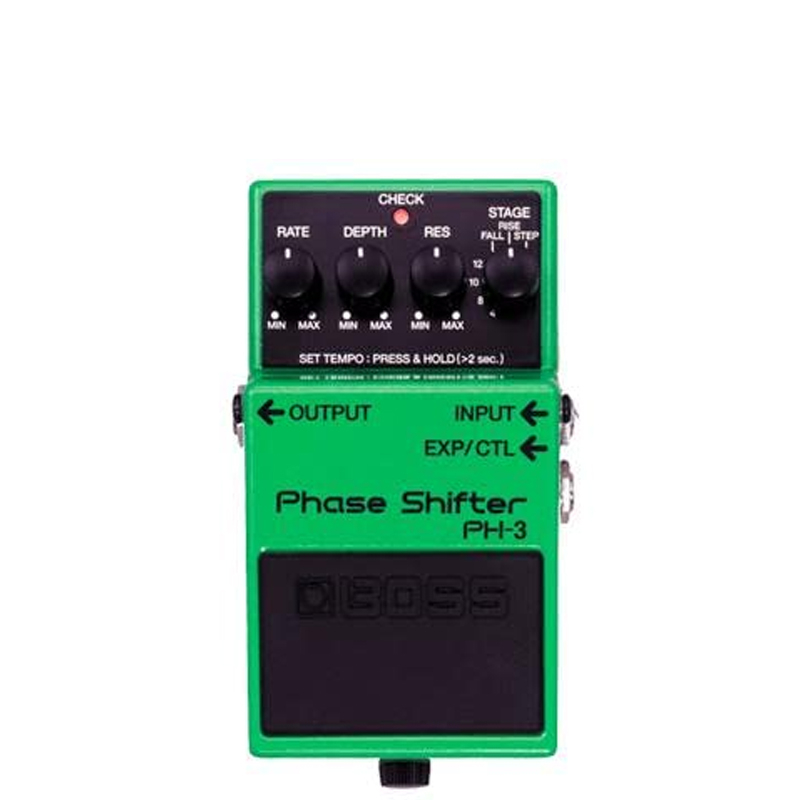
The Boss PH-3 Phase Shifter Pedal has been around for many years, and for good reason. The digital phaser features speed, depth and resonance controls, plus a mode which switches between four, eight, 10 and 12 phase stages.
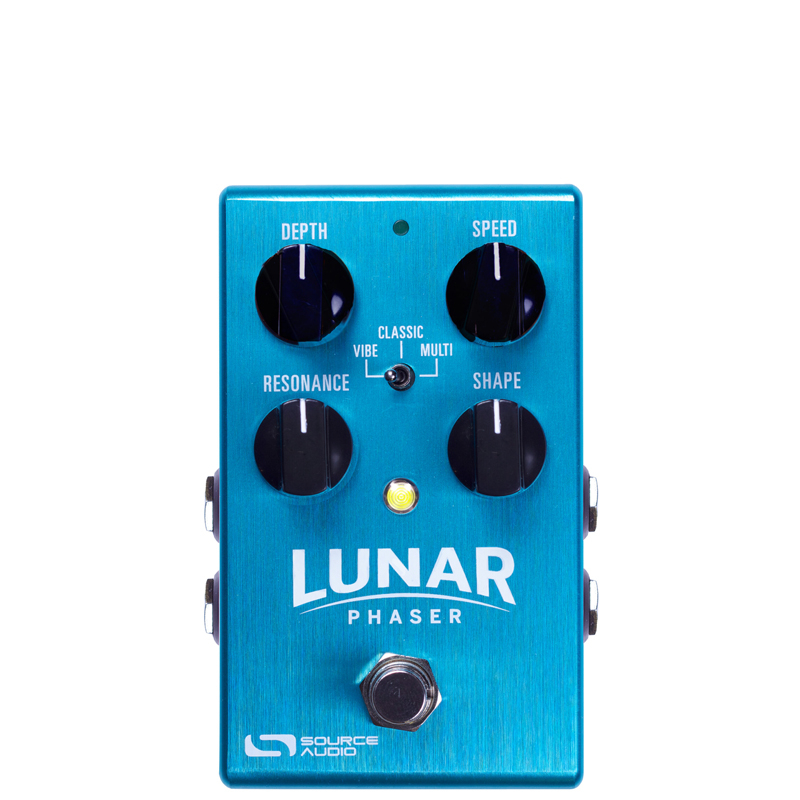
Source Audio’s Neuro Editor software is also provided, meaning access to a library of phaser, flanger and chorus effects, which can be downloaded to the pedal. Once you’ve created and selected your effects, save up to three at any one time.
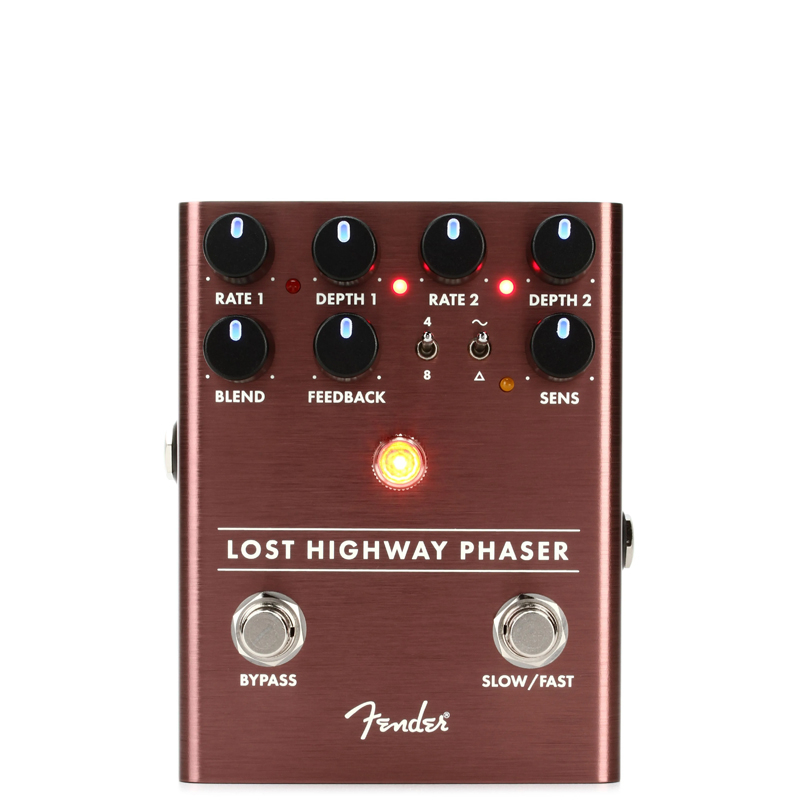
Between four and eight-stage analog phasing, the Fender Lost Highway phaser pedal also features a fast/slow footswitch, with each hosting their own independent rate and depth controls. For vintage effect, Fender also simulates the speed ramp between the fast/slow settings.
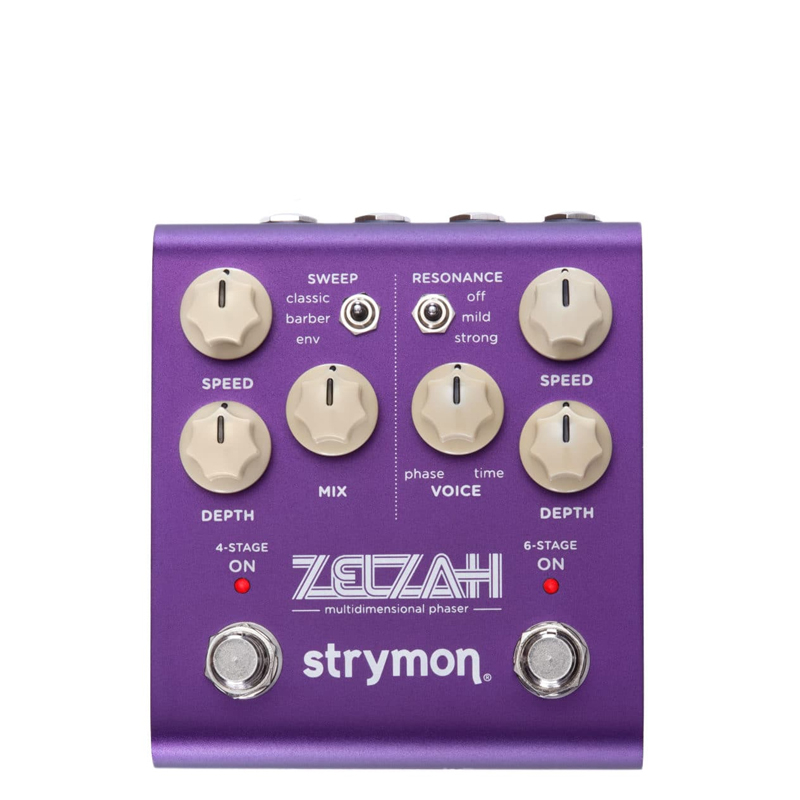
The Zelzah is made up of two different phasers. The first is a four-stage phaser, which offers an array of classic-style tones for the vintage enthusiasts, and the second side, is a radical six-stage phaser, providing extra modulation pedal sounds such as flanging, chorus, and more.
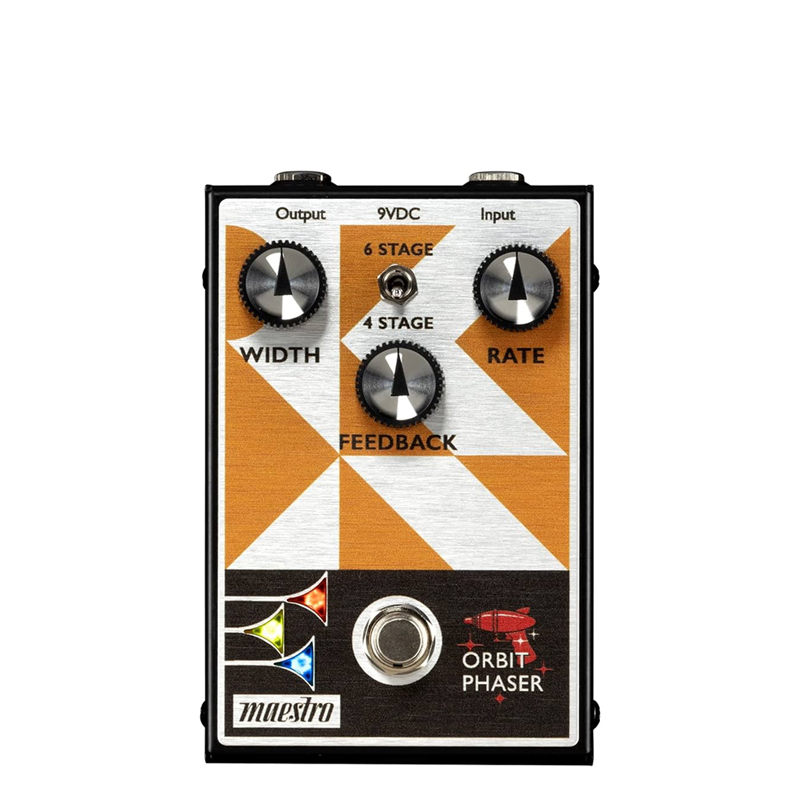
The new modern Maestro pedals take inspiration from their legacy effects while also adding the contemporary features that we've come to expect from stompboxes today. The Orbit Phaser takes cues from the legendary Maestro PS-1 - the first phaser ever made - with the added benefit of allowing you to switch between four and six-stage phasing.
Best phaser overall
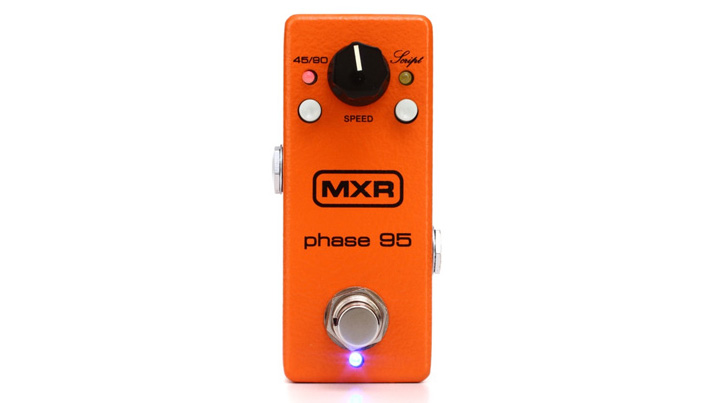
1. MXR Phase 95
Our expert review:
Specifications
Reasons to buy
Reasons to avoid
The MXR Phase 90 is the classic analog phaser, operating over four stages, with a sound ranging from smooth to full-on bubbles - the Phase 95 not only shrinks it into a mini-pedal format, but adds extra features to boot.
While the original Phase 90 offered just a speed control, the Phase 95 adds a Phase 45 circuit for subtle two-stage sweeps, while a script switch toggles between feedback styles, enabling vintage and modern tones.
Countless guitarists regard the Eddie Van Halen-used Phase 90 as the classic phaser, but the Phase 95 makes it even better, in a size that will fit on any pedalboard.
Best for simplicity
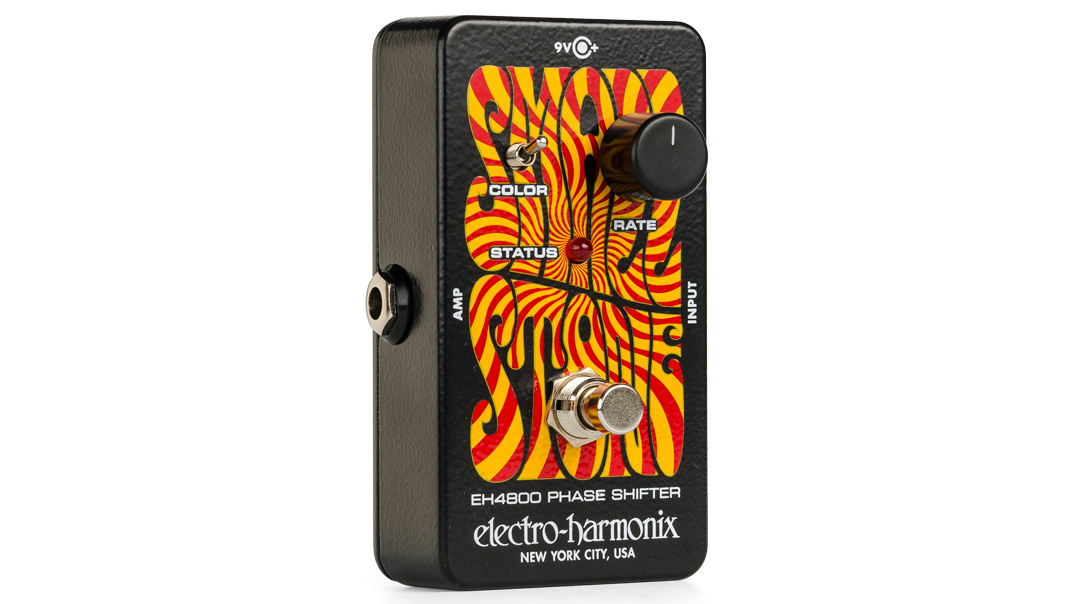
2. Electro-Harmonix Small Stone Nano
Our expert review:
Specifications
Reasons to buy
Reasons to avoid
No list of best phaser pedals would be complete without the inclusion of this classic Electro-Harmonix design, now available in a Nano chassis.
The Small Stone is the phaser beloved of Radiohead (it's all over OK Computer), with a spacey swirl that lends a more ethereal edge over the all-out rock swoosh of the Phase 90.
That said, EHX's offering can get more extreme than many of its rivals, courtesy of a Color switch, which adds a more pronounced frequency shift.
Best analog phaser
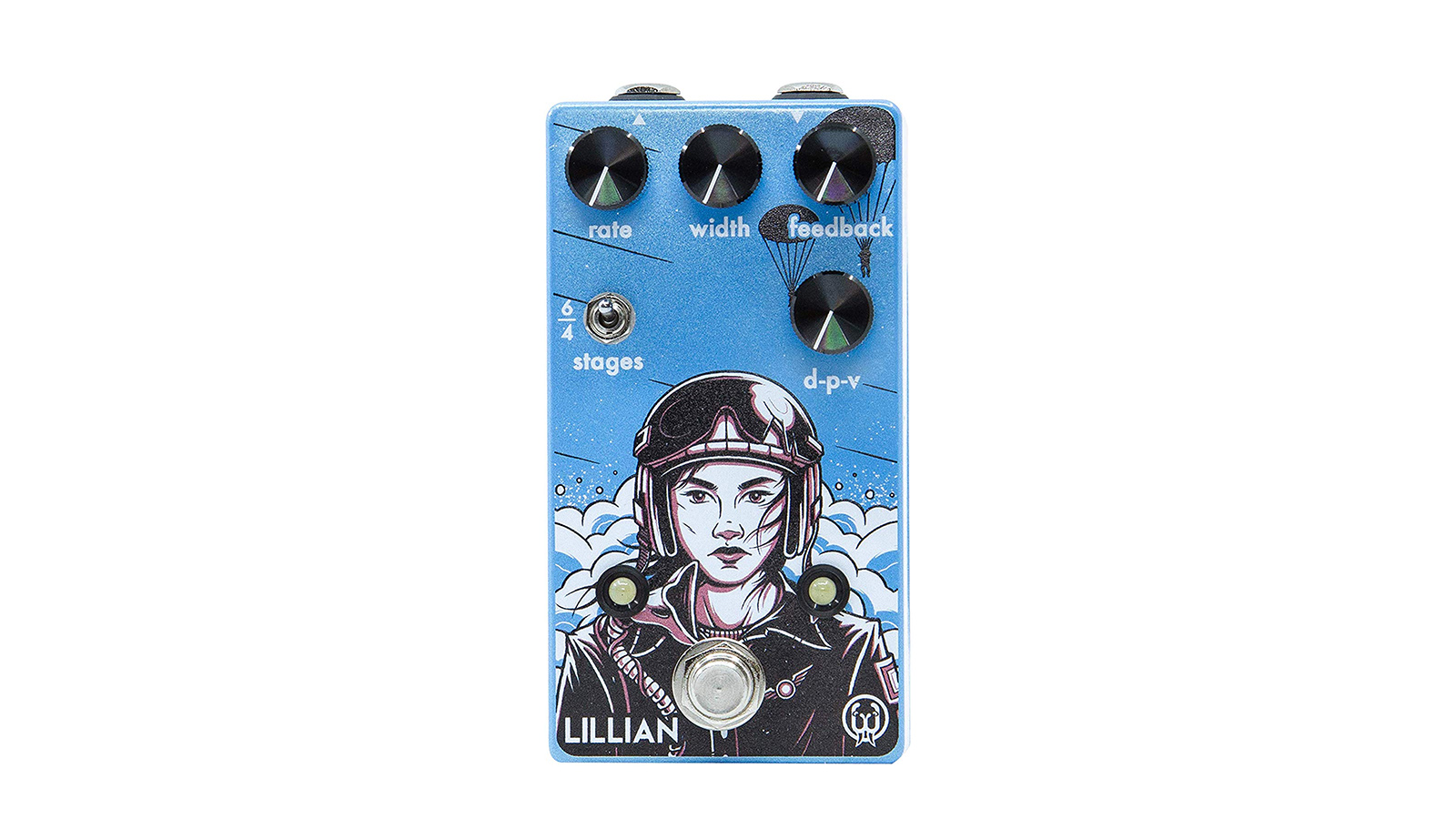
3. Walrus Audio Lillian analog phaser pedal
Our expert review:
Specifications
Reasons to buy
Reasons to avoid
The standout feature of the Walrus Audio Lillian Analog Phaser Pedal is the D-P-V, or dry, phase, vibrato control. This blend function gives great sensitivity between no phase, 50/50, through to full application, which covers a wide array of phasing effects. D-P-V is joined by a selection of a four or six-stage phaser, the latter of which adds boost to the sound. You can even hold down the foot selector for momentary phasing.
The rate setting is among the slowest we’ve seen, with subtlety which really stands out for playing less complex pieces. That said, pushed forward, especially with the feedback and blend control setting high, the Walrus Audio gives as much phasing effect as you’d ever need.
Best for '70s phaser tones
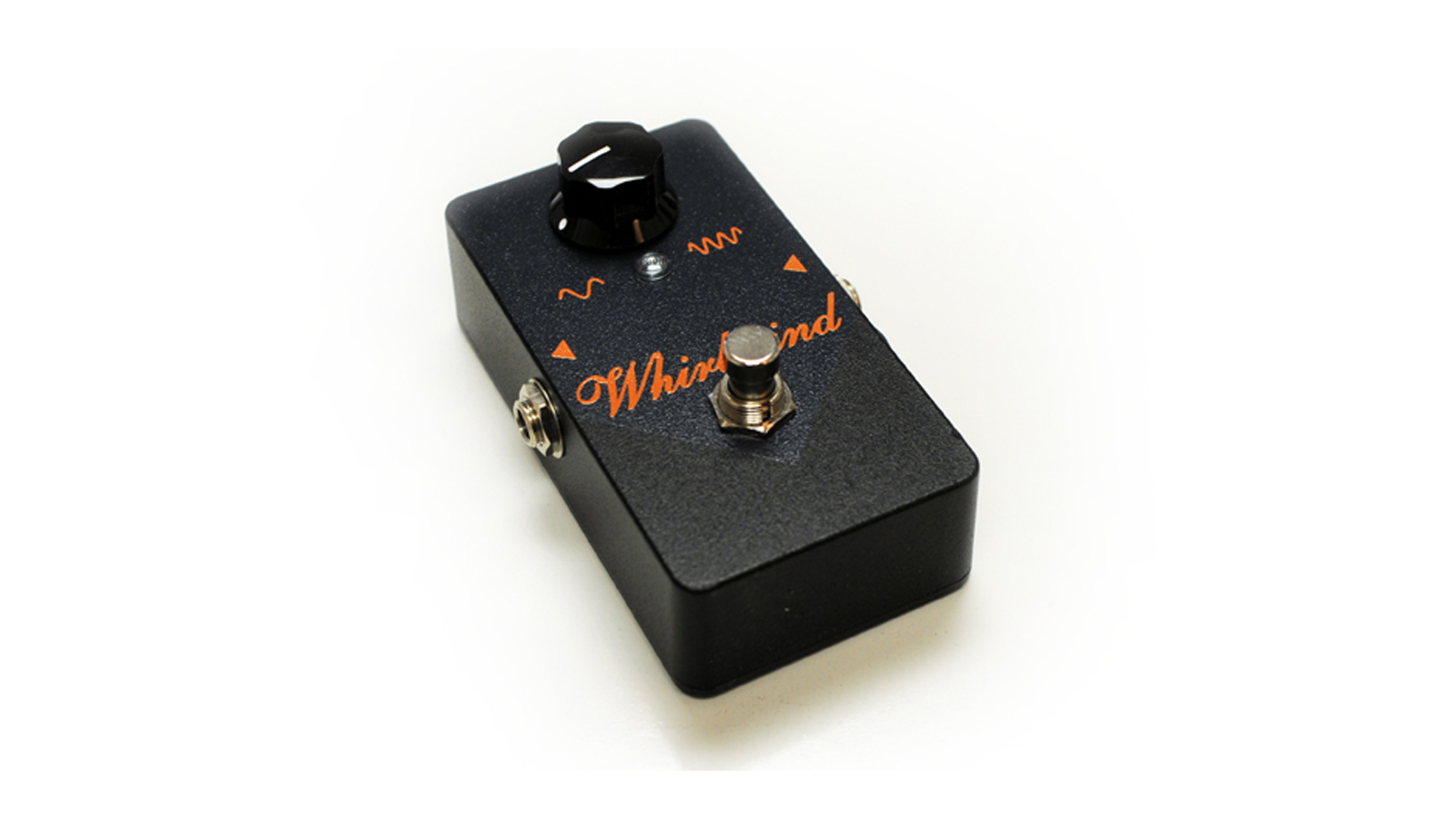
4. Whirlwind Rochester Orange Box phaser pedal
Our expert review:
Specifications
Reasons to buy
Reasons to avoid
Like the MXR, the Whirlwind Rochester Orange Box Phaser Pedal has simplicity at its core with just a single control – speed. It does, though, represent the original '70s swirling sound, and it’s for this reason that the pedal retains its kudos.
It may have less impact in phase sound than the MXR Phase 90, though it retains more of the guitar and amp’s natural sound. Handwired in the USA, this stompbox has a high build quality and is going to take all the abuse you can throw at it.
Best digital phaser
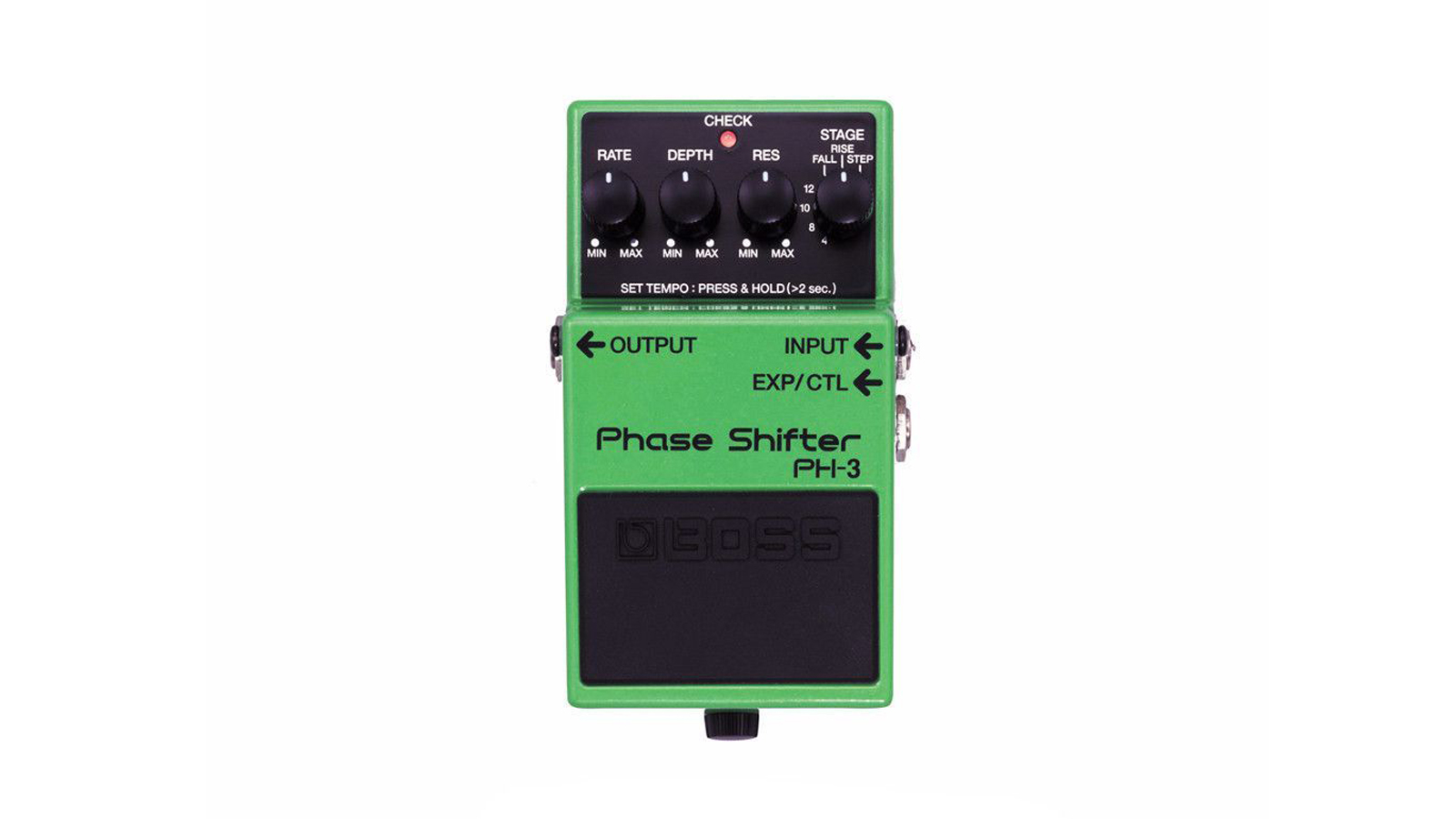
5. Boss PH-3 Phase Shifter phaser pedal
Our expert review:
Specifications
Reasons to buy
Reasons to avoid
The Boss PH-3 Phase Shifter Pedal has been around for many years, and for good reason. The digital phaser features speed, depth and resonance controls, plus a mode which switches between four, eight, 10 and 12 phase stages.
Unidirectional phasing, which creates a continual rise or fall, is achieved via two extra modes, plus a step effect. The addition of tap tempo mode keeps you in time, which you can control with greater flexibility by linking in an additional expression pedal.
The result is a wide array of digital phasing sounds, including classic analog simulation, built with Boss’s ever-durable construction.
Best versatile phaser
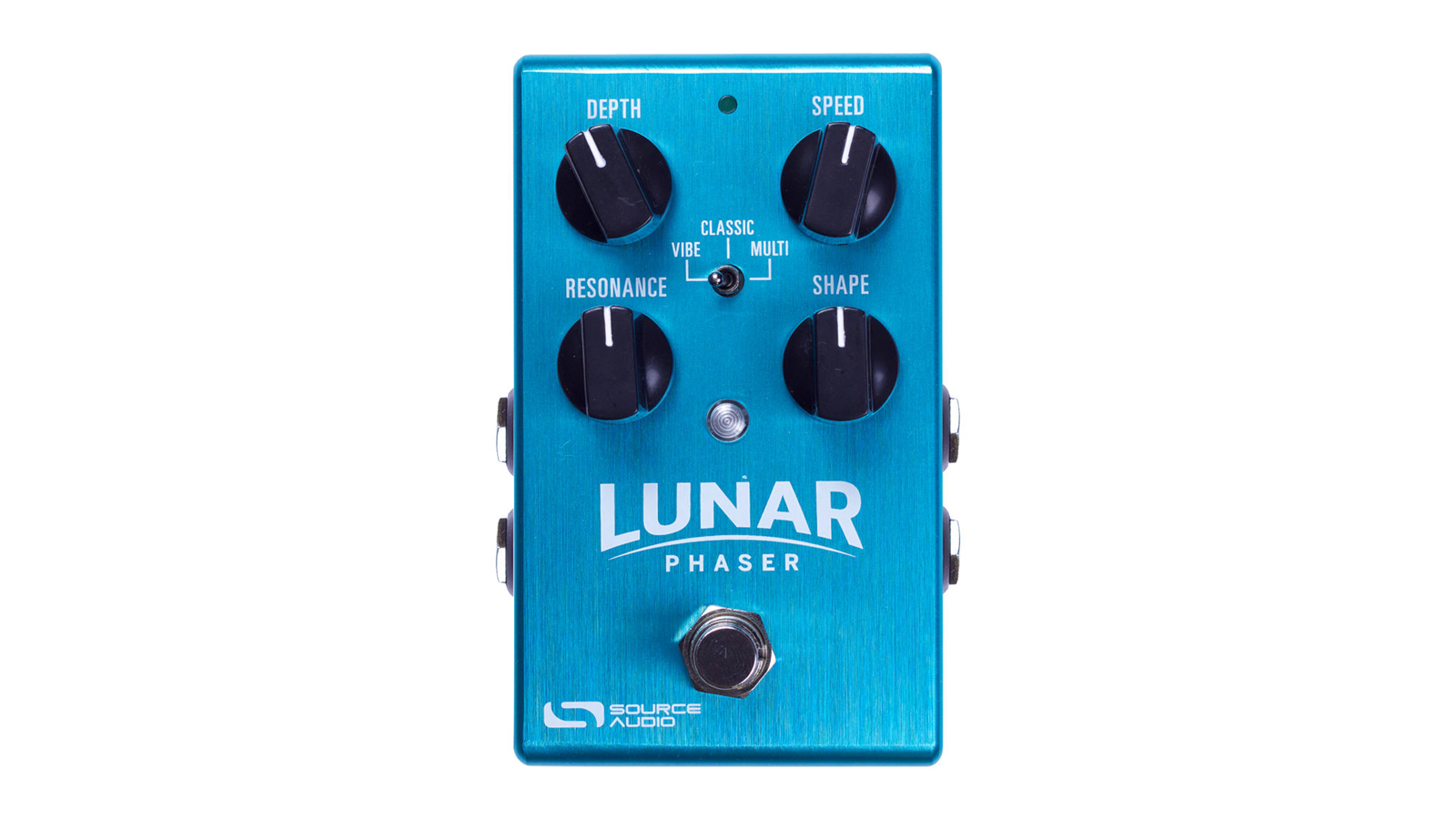
6. Source Audio Lunar phaser pedal
Our expert review:
Specifications
Reasons to buy
Reasons to avoid
Featuring speed, depth, resonance and shape modes, the Source Audio Lunar phaser pedal has four and eight-stage phasing, plus the Uni-Vibe mode for chorus and vibrato simulations.
Source Audio’s Neuro Editor software is also provided, meaning access to a library of phaser, flanger and chorus effects, which can be downloaded to the pedal. Once you’ve created and selected your effects, save up to three at any one time.
The phased sound range is versatile, with the resonance setting adding a more metallic and wide sound range on the sweep. Four-stage phasing gives the classic sound, eight-stage adds the bubble effect and Uni-Vibe creates a real warble.
Best for speed ramps
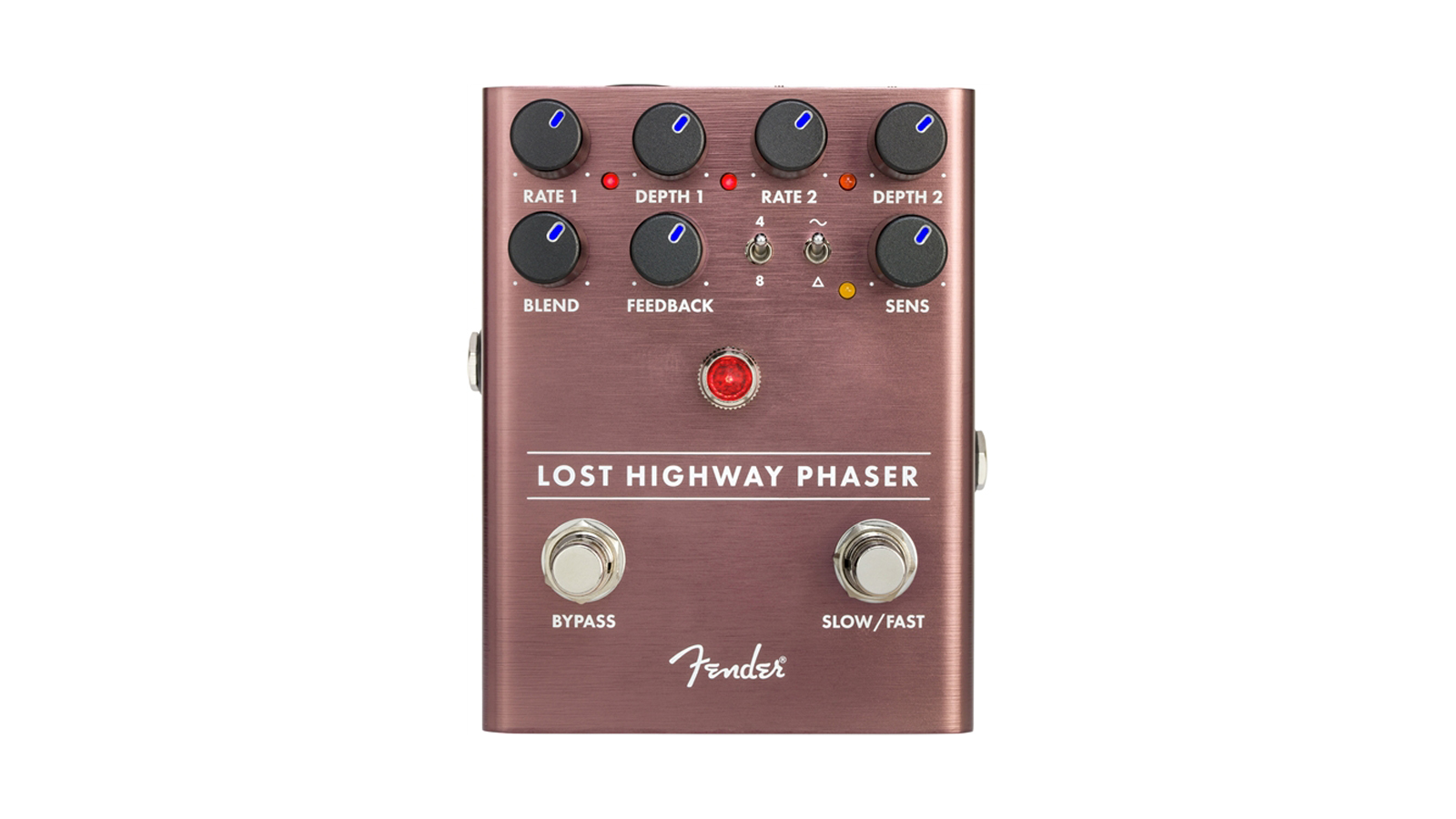
7. Fender Lost Highway phaser pedal
Our expert review:
Specifications
Reasons to buy
Reasons to avoid
Between four and eight-stage analog phasing, the Fender Lost Highway phaser pedal also features a fast/slow footswitch, with each hosting their own independent rate and depth controls. For vintage effect, Fender also simulates the speed ramp between the fast/slow settings.
The resulting sound is classic enough, though it gives more of a pulse than a whirl. Fender has also added a boost button to avoid any mid-range dip. The variety of the toggle switches does enable a broad phasing range, even if it slightly misses the classic sound.
The hardware is certainly durable as per the rest of Fender’s growing range of effects pedals.
Best multi-mode phaser
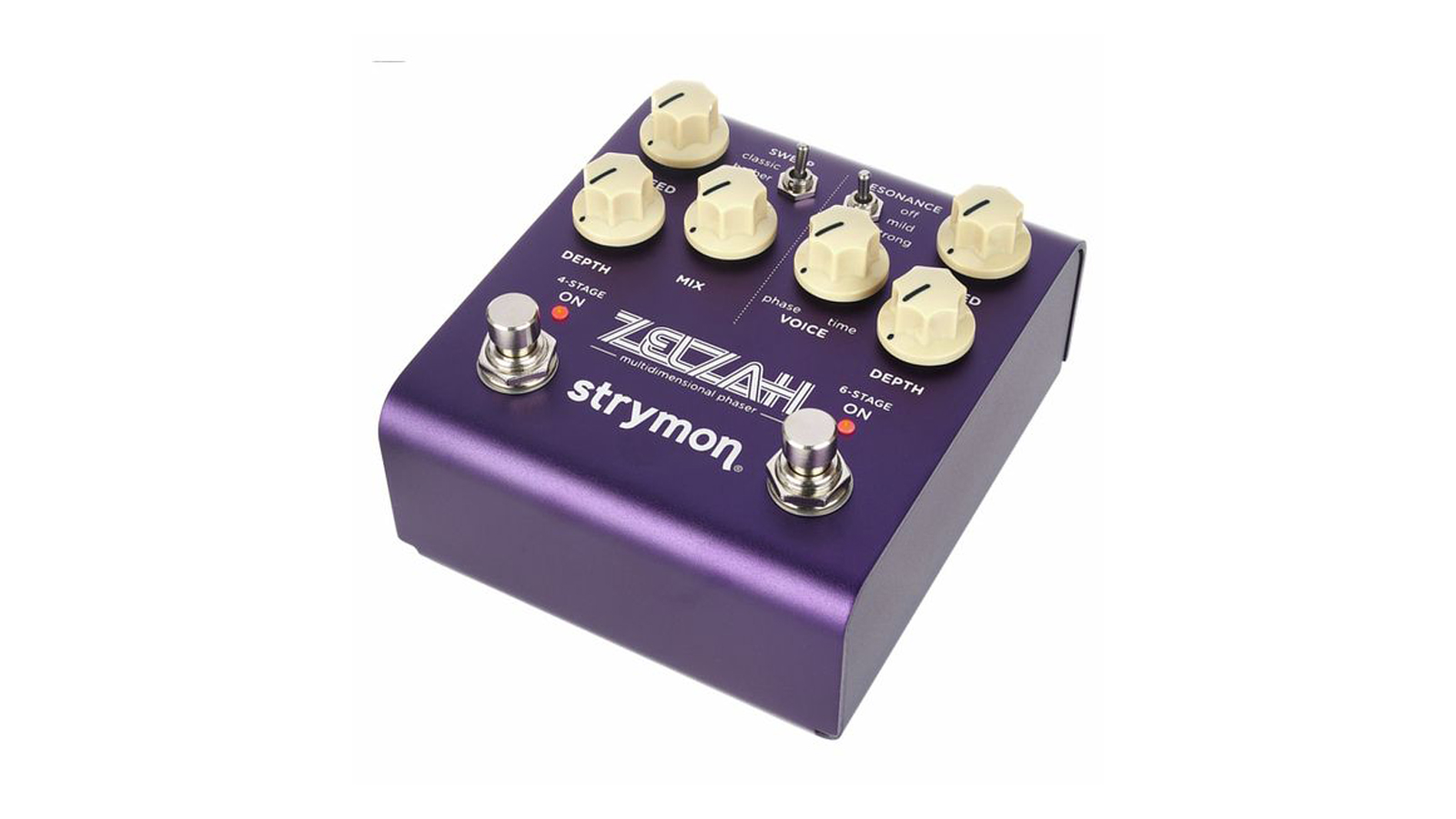
8. Strymon Zelzah
Our expert review:
Specifications
Reasons to buy
Reasons to avoid
The Strymon name is synonymous with top-quality, highly modern stompboxes and the latest offering to continue this trend, is the newly released Zelzah - a “multidimensional” phaser.
The Zelzah is made up of two different phasers. The first is a four-stage phaser, which offers an array of classic-style tones for the vintage enthusiasts, and the second side, is a radical six-stage phaser, providing extra modulation pedal sounds such as flanging, chorus, and more.
As you’d expect from the Strymon, you get complete control over almost every aspect of this phaser, with controls for the sweep, resonance, and even the voice. So if you are looking for a fully loaded option, for all your phasing needs and more, be sure to check this one out.
Best vintage phaser
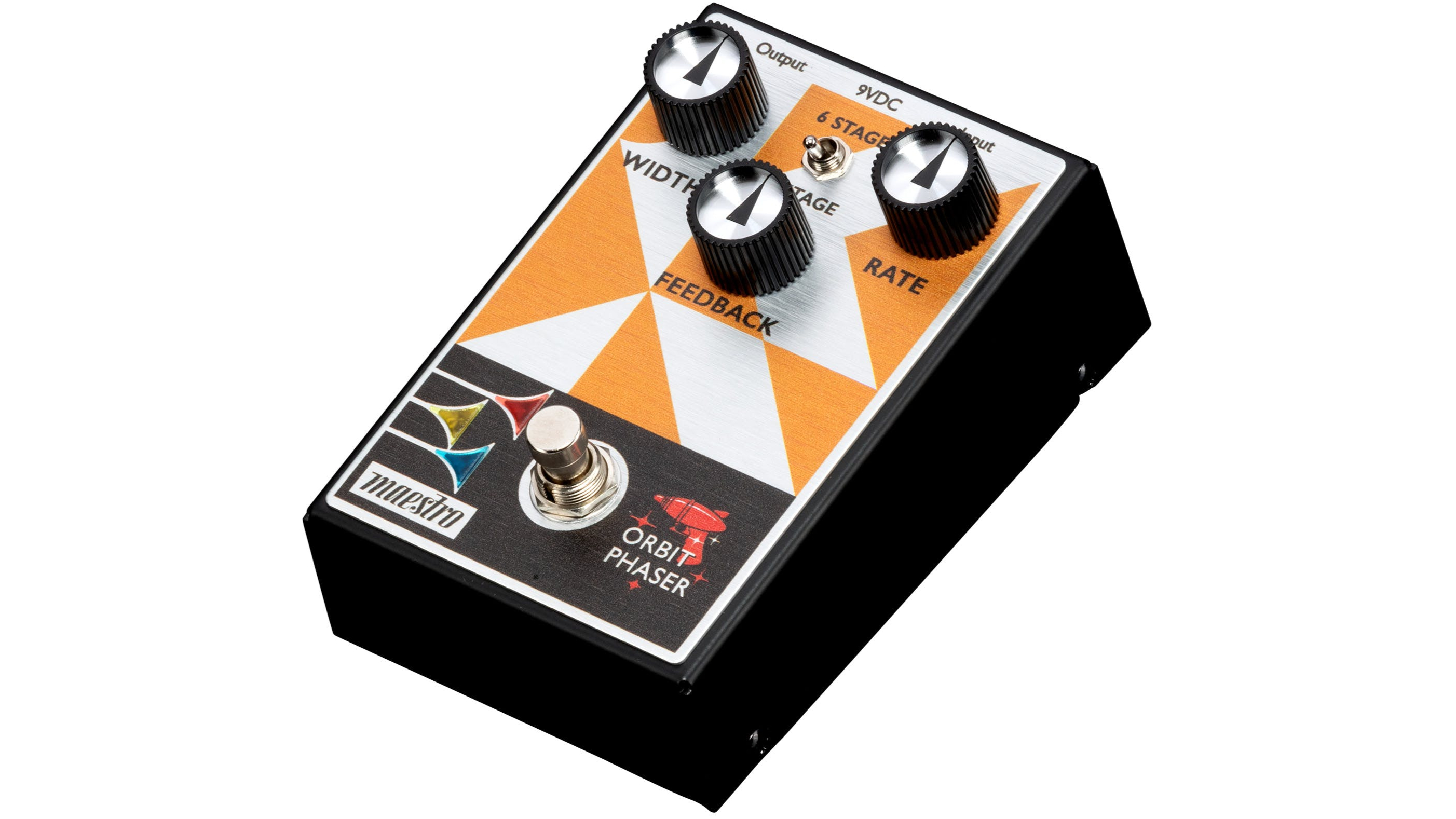
9. Maestro Orbit
Our expert review:
Specifications
Reasons to buy
Reasons to avoid
The Maestro name has been synonymous with outstanding sounding effects since the early '60s, and despite a long time away from the limelight, the pedal legends are back with a brand new line of pedals.
The new modern Maestro pedals take inspiration from their legacy effects while also adding the contemporary features that we've come to expect from stompboxes today.
The Orbit Phaser takes cues from the legendary Maestro PS-1 - the first phaser ever made - with the added benefit of allowing you to switch between four and six-stage phasing.
Read our full Maestro Obrit Phaser review
Buying advice
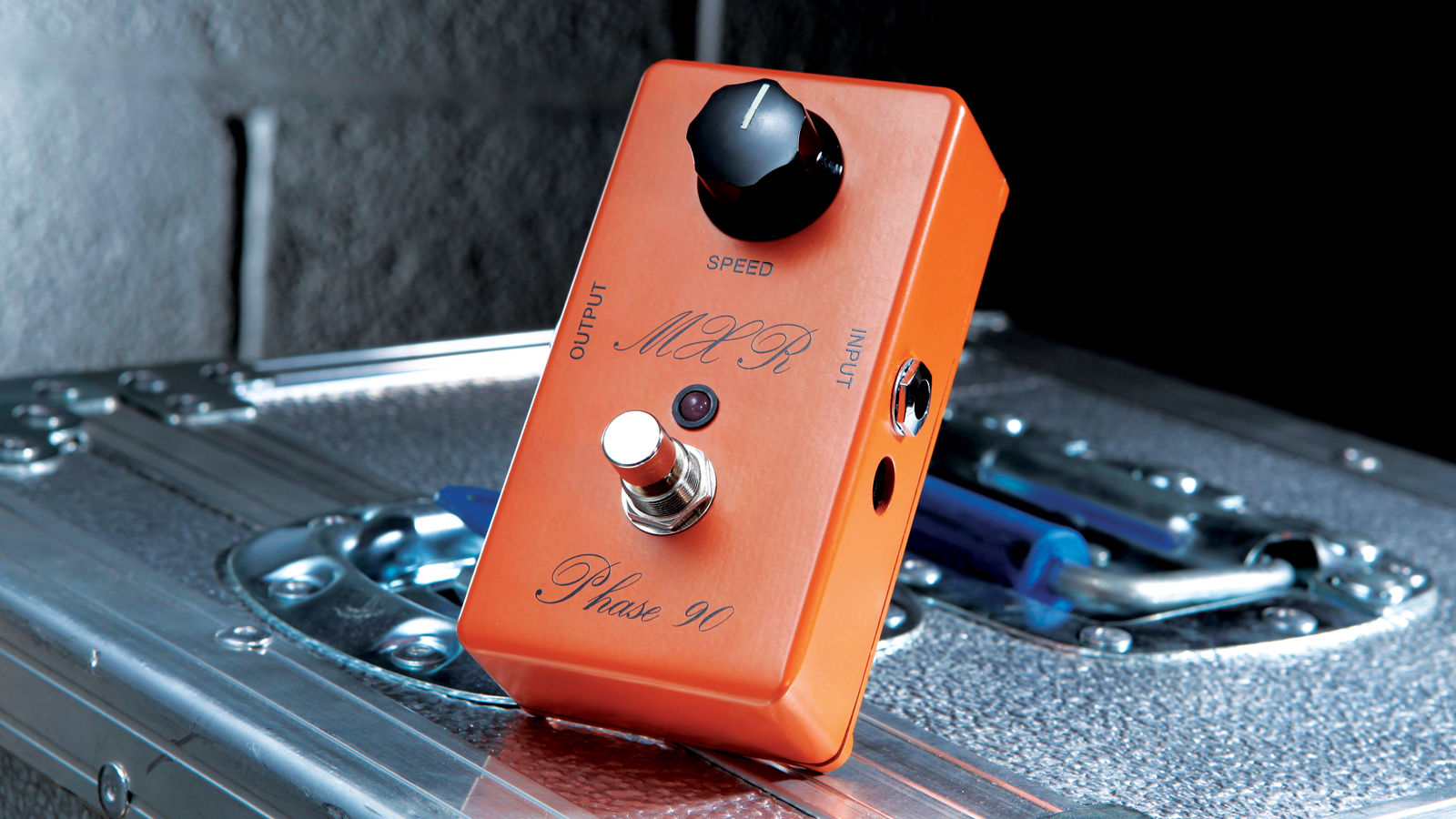
What is a phaser pedal?
A phaser pedal, or phase shifter, is one of the earliest guitar effects and was originally developed to recreate the sound of rotating organ speakers. Phasers were adapted to create an array of sounds in ‘60s psychedelia for that swirling effect, and were notably used later by Van Halen. They remain a commonly-used effect today.
Essentially, a phaser takes an input signal sine wave, duplicates it and moves it out of phase. The phaser then recombines the sine waves, and the difference between their peaks and troughs creates that noted phased sound.
Different amounts of phase shift stages create a varying phased sound. A digital phaser pedal often has four, eight, 10, or 12 stages, recreating a variety of phased sounds. Alternatively, an analog phaser usually has fewer phase stage settings and therefore less variety, because additional stages require more components - most classic '70s phasers use four stages.
What should I look for in a phaser pedal?
Despite the reduced variety, many guitarists prefer the warm, original sound of analog compared to digital alternatives. Whether you have an analog or digital phaser, the most basic control is phase speed, which controls the speed of the rise and fall of the wave. The depth control relates to the intensity of the phased waves, while resonance, also called resolution, is another common EQ control, emphasizing various tones across the sweep.
Classic, swirling phase has often been emphasised on slow, ringing chord work. As you might expect, the speed of the phased waves should coordinate with the beat, which is why a phaser used to play chords is more usually employed at a steadier speed to avoid a melodic clash.
It’s preferable to match your phaser’s speed with the tempo of the song, which can be achieved through tap tempo or MIDI. This enables coordination of the exact speed. A phaser isn’t just for chords, though, and the staccato effect from Jimi Hendrix’s Machine Gun is a classic example. Phasing is also used to boost a signal for individual lead notes, without adding distortion.
How we choose products
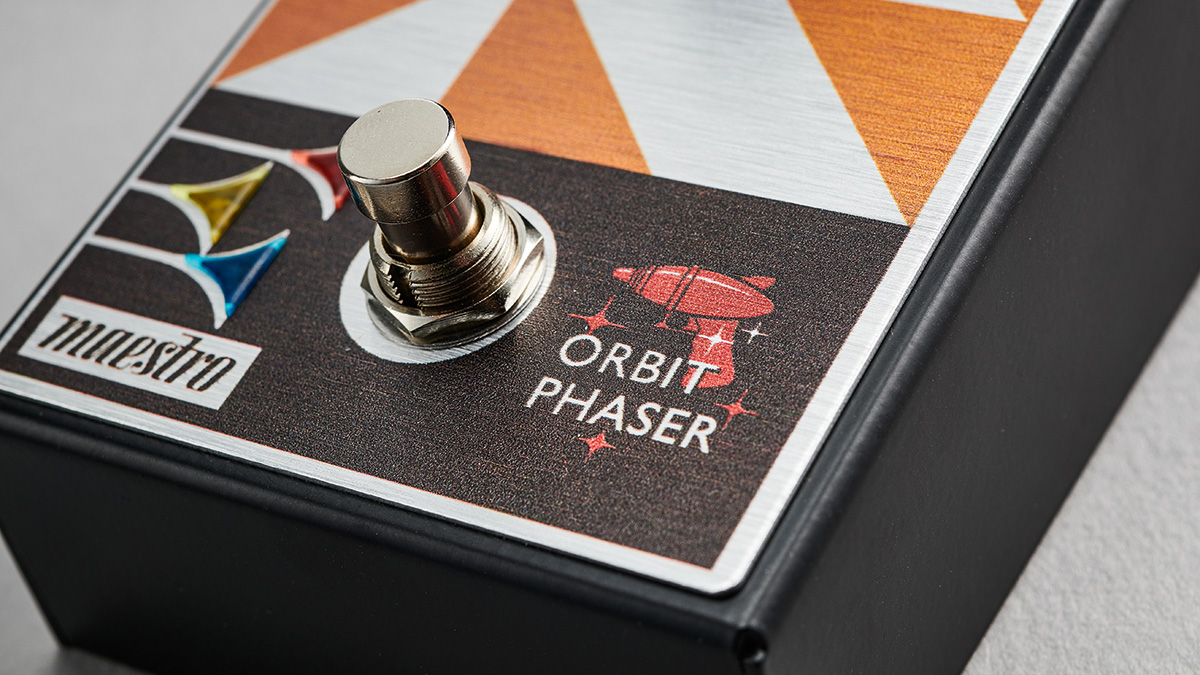
Here at Guitar World, we are experts in our field, with many years of playing and product testing between us. We live and breathe everything guitar and bass related, and we draw on this knowledge and experience of using products in live, recording and rehearsal scenarios when selecting the products for our guides.
When choosing what we believe to be the best phaser pedals available right now, we combine our hands-on experience, user reviews and testimonies and engage in lengthy discussions with our editorial colleagues to reach a consensus about the top products in any given category.
First and foremost, we are guitarists, and we want other players to find the right product for them. So we take into careful consideration everything from budget to feature set, ease of use and durability to come up with a list of what we can safely say are the best phaser pedals on the market right now.
Read more about our rating system, how we choose the gear we feature, and exactly how we test each product.
Related buyer's guides
You can trust Guitar World
- Get your pedals in order with the best pedalboards
- ...and power it up with the best pedalboard power supplies
- Get creative with our pick of the best looper pedals
- Get all wobbly with the best tremolo pedals
- Take a look at some of the best gifts for guitar players
- Check out our pick of the best reverb pedals for guitar
- These are the best distortion pedals you can buy today
- Enhance your tone with the best compressor pedals
All the latest guitar news, interviews, lessons, reviews, deals and more, direct to your inbox!
Chris Corfield is a journalist with over 12 years of experience writing for some of the music world's biggest brands including Orange Amplification, MusicRadar, Guitar World, Total Guitar and Dawsons Music. Chris loves getting nerdy about everything from guitar gear and synths, to microphones and music production hardware.
- Daryl RobertsonSenior Deals Writer

